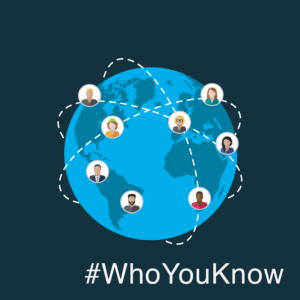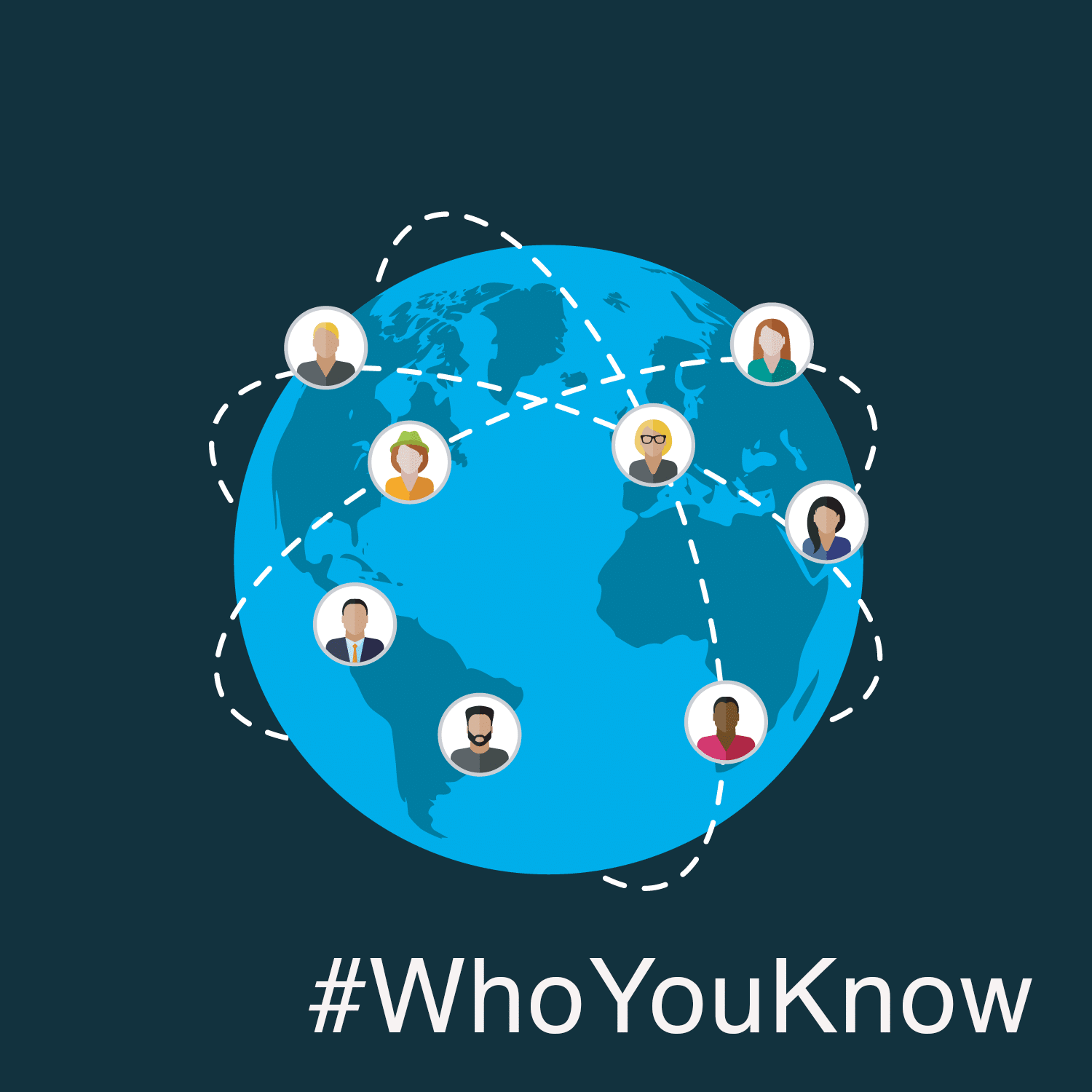This is the fourth post in the #WhoYouKnow blog series on the overlap of social capital, EdTech, and innovation.

Policy barriers, however, pose major challenges to the schools actually operationalizing this vision. We’ve structured school funding around inputs like seat time, course schedules, and attendance numbers—all of which frustrate efforts to truly make learning anytime, anywhere. And certification and student privacy laws detract from schools’ ability to draw on anyone’s expertise, beyond the certified teaching force. As such, anytime, anywhere, anyone education remains largely out of reach.
One policy innovation, however, tugs on the strong gravitational pull of these traditions: extended learning opportunities (ELOs).
An ELO—albeit a capacious concept—tends to refer to a credit-bearing activity that takes place outside of a traditional academic course. Take one concrete example: in New Hampshire, an ELO is defined as:
…the primary acquisition of knowledge and skills through instruction or study outside of the traditional classroom methodology, including, but not limited to, apprenticeships, community service, independent study, online courses, internships, performing groups, and private instruction.
New Hampshire’s own Virtual Learning Academy Charter School (VLACS) is pursuing one of the most exciting experiments in these sorts of opportunities. The traditionally fully online institution has spent the past few years developing three to four week projects that allow students to engage in real-world settings in order to earn credits against competencies. This work is assessed by an online teacher-of-record through a series of performance assessments that the organization has developed.
This effort, however, is not merely the result of the state’s innovative policy permitting schools to award credit for coursework outside of traditional classrooms. Steve Kossakoski, the current head of VLACS, recently explained that ELOs can’t function as a standalone effort, but must go hand-in-hand with a competency-based approach that breaks down courses into more discrete modules that can be mastered either in a traditional class or through outside experiences. Kossakoski said:
An ELO policy in a state without the option to meet course requirements through competencies would be quite restrictive. For example, a student working in a hospital may be able to master certain competencies in biology, but probably not the full set of competencies found in a typical high school biology course. In this case a school might award a generic elective credit or no credit at all and the student would still be required to take a traditional biology course. However, being able to break down a biology course into competencies allows the student to master competencies in different learning environments (i.e., internship, course, independent learning, etc.).
Breaking down coursework in this manner also means that a single ELO experience could count toward credit across multiple disciplines. “The student participating in an internship in a hospital might end up completing competencies in biology and English depending the on the type of assigned duties or projects,” said Kossakowsi.
It’s not surprising then that as VLACS develops industry-embedded projects, it is simultaneously in the process of changing its own academic terminology from courses to competency groups or bundles.
Operators in brick-and-mortar settings looking to expand learning beyond the building should take note of this shift. For VLACs, incorporating real-world projects that connect students to adults and contexts beyond their school did not mean simply tacking on an additional afterschool or extracurricular credit-bearing option. Rather, it involved rethinking all of the ways in which students might learn and then making those experiences sufficiently flexible and interchangeable according to the students’ chosen path and the competencies he is looking to master.
This nuance reflects pitfalls that practitioners in other states have faced trying to take extended learning to scale. For example, Dana Borelli-Murray, the executive director of the Highlander Institute in Providence, R.I., spent a number of years as the expanded learning director at Highlander Charter School and currently advises the school on its efforts to establish a range of out-of-school learning opportunities for its high school students. Part of the challenge, she said, is establishing a basis for what students’ interests might be and then creating a program that responds to those interests in a nimble, coherent, and rigorous manner. The logistics alone, she explained, of transporting and organizing students can prove overwhelming and run counter to traditional school scheduling and lesson planning.
It bears noting that the right EdTech tools could play an important role in addressing some of these challenges. First, organizational and scheduling tools that actually streamline the logistics of the new anytime, anywhere, anyone opportunities could alleviate significant burdens from schools trying to coordinate ELOs. Second, tools that focus on exposing students to a range of interest areas and career paths may be stepping stones to helping students articulate their interests and choose learning opportunities that align with those interests. Finally, platforms that supply a range of online experts may provide scalable solutions to furnishing students with diverse real-world experiences, even in geographies with a limited supply of face-to-face internships, job shadow opportunities, or community-based projects.
But these tools will only take us part of the way; we also need, to Kossakoski’s point, to think about the interlocking policies and course structures that make extended learning a niche phenomenon that remains difficult to scale .
ELOs and similar flexible credit policies indeed lift one barrier to innovation and certainly stand to make the four walls of the classroom more porous than they have historically been. Yet, they do little to account for the fact that the system in general was never designed to provide anytime, anywhere, anyone learning. Without additional funding, major overhauls in scheduling and unprecedented levels of industry and community commitment, realizing the potential of these policies remains an incredibly challenging and narrow policy route to expanding students’ access to social capital and authentic learning experiences.



